So, the event begins down at the old make-out spot with a single male, checking out the scene.........
His patience pays off....
Then, the showing off begins....
Then, the preening of eachother begins....
The girl also decides to show off a bit....
This is followed by alittle more co-preening......
The picture says it all, I should think!
....next the cuddling.....
But eventually, that inevitable awkwardness sets in....
They both must have left, because that was the last picture of either!
Notes on Mourning Dove reproduction. In our neck of the woods it is common for this species to reproduce from April through September, so this is a tad early compared to a "normal" year. The reproductive behavior outlined above is typical, although there is often much head-bobbing, etc. that doesn't really come out in still photos. Although my commentary above gives the impression that they don't want to be around eachother after copulation, the Mourning Dove is actually a seasonally monogamous species (they remain in the same pair during a single nesting season). So, these two will probably be together for much of the rest of the season, and there is even some evidence that this species will re-pair with the same individuals in subsequent years. The co-preening behavior and the self-preening behavior outlined above is typical of this species during pair-bond formation and copulation. Nests are often a loosely aggregated bundle of materials (pine needles, etc.) that are placed in dense foliage. Females usually lay one to two eggs at a time.
For more information see:
Otis, David L., John H. Schulz, David Miller, R. E. Mirarchi and T. S. Baskett. 2008. Mourning Dove (Zenaida macroura), The Birds of North America Online (A. Poole, Ed.). Ithaca: Cornell Lab of Ornithology; Retrieved from the Birds of North America Online: http://bna.birds.cornell.edu/bna/species/117doi:10.2173/bna.117
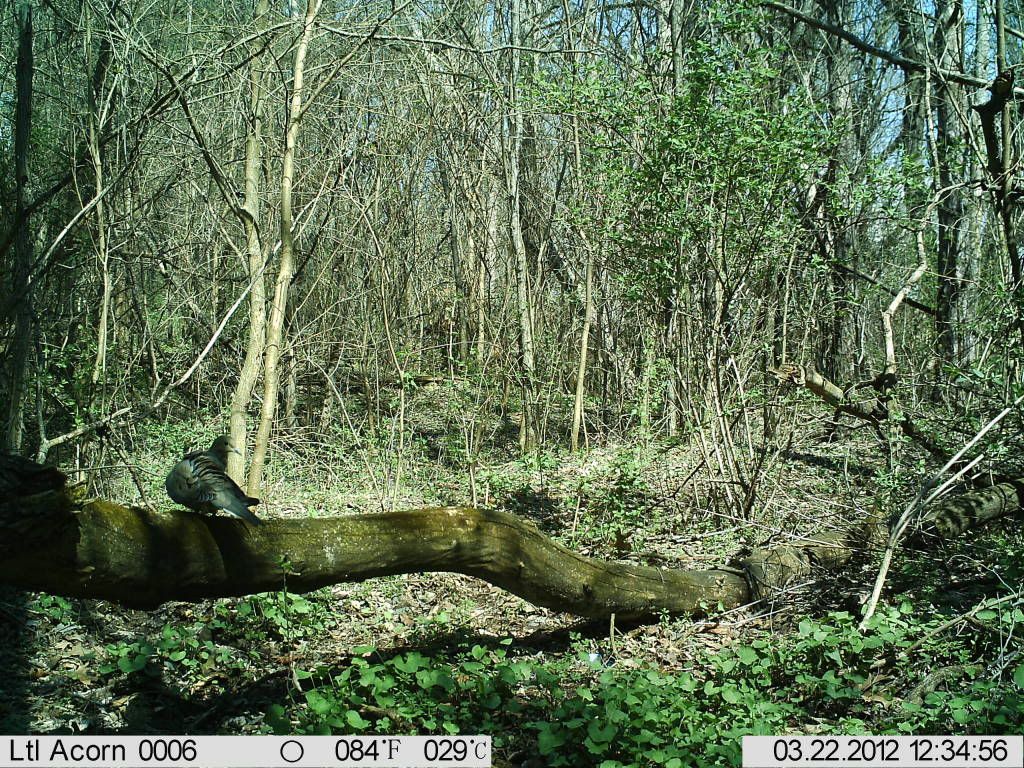
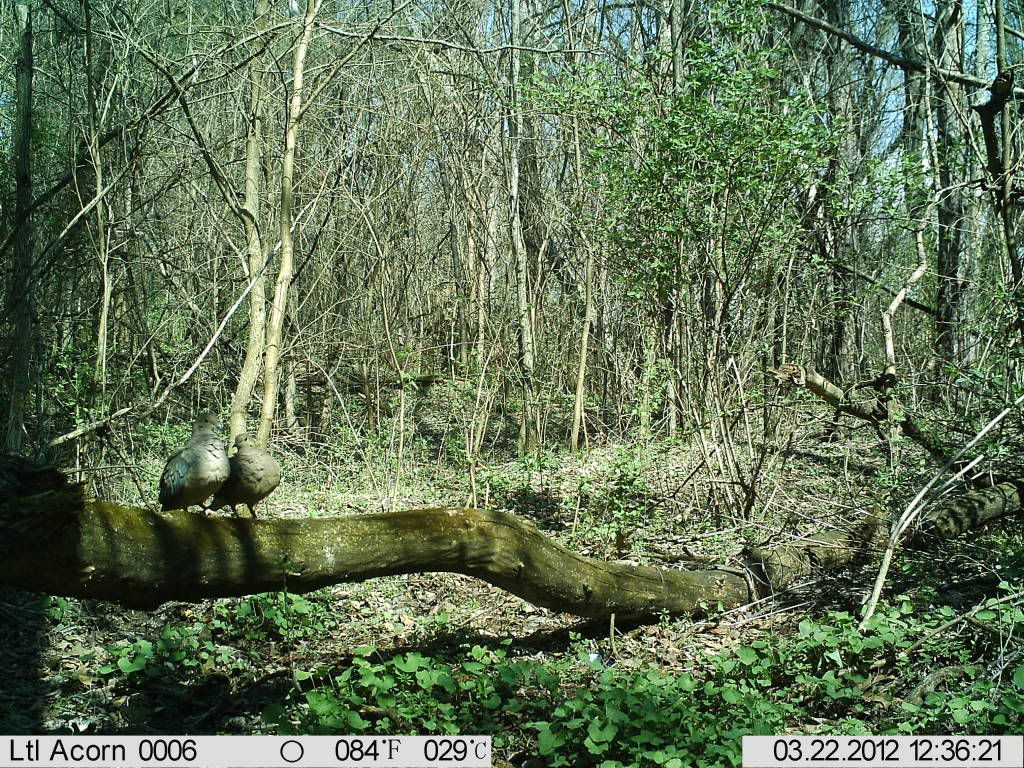

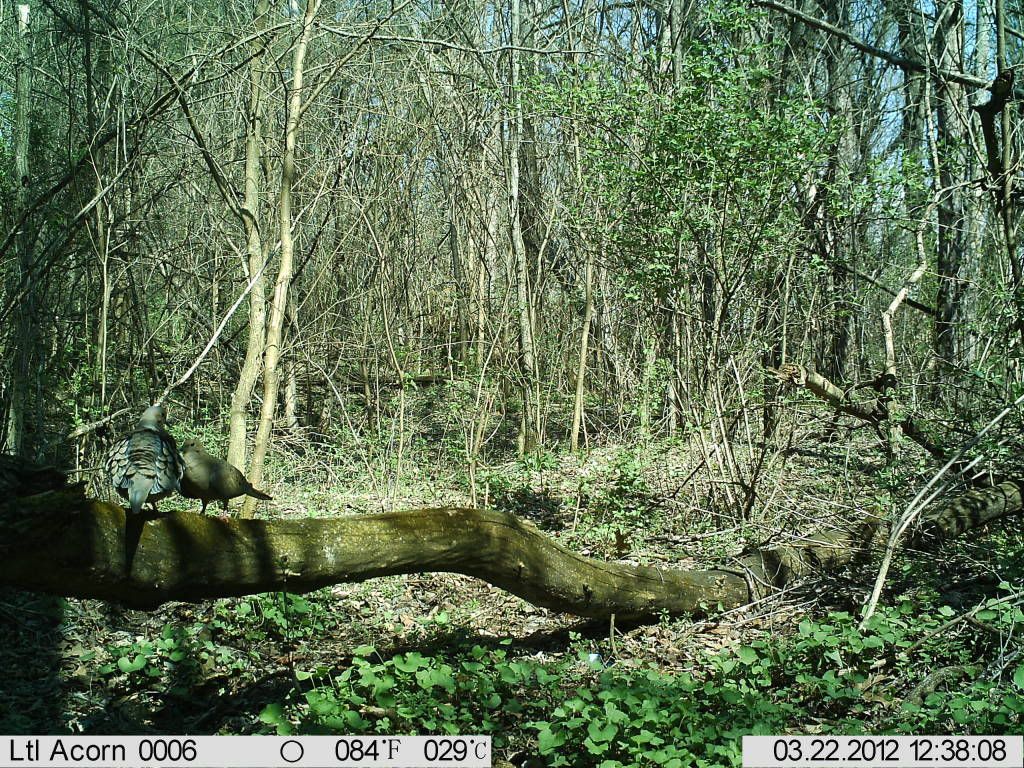





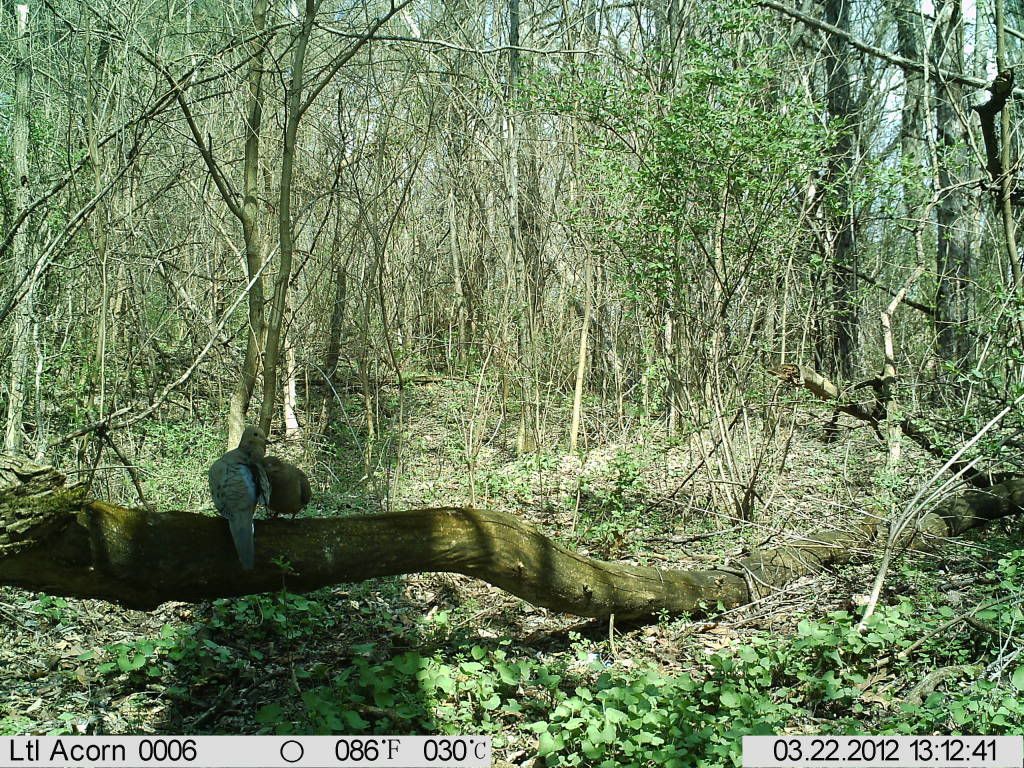
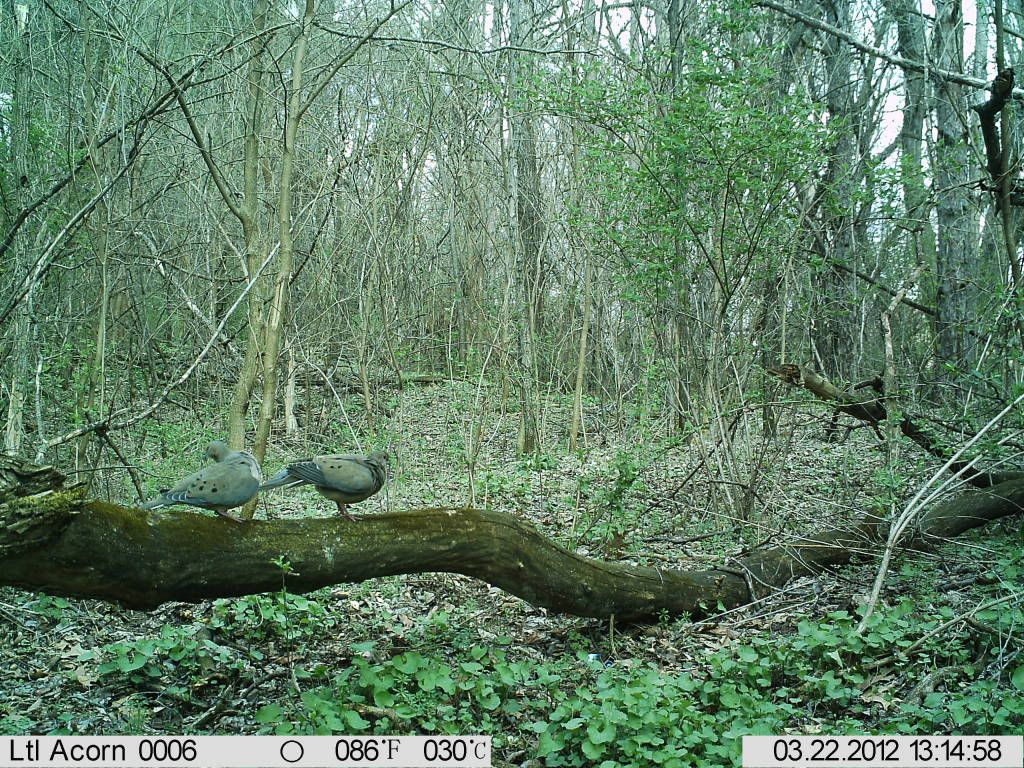
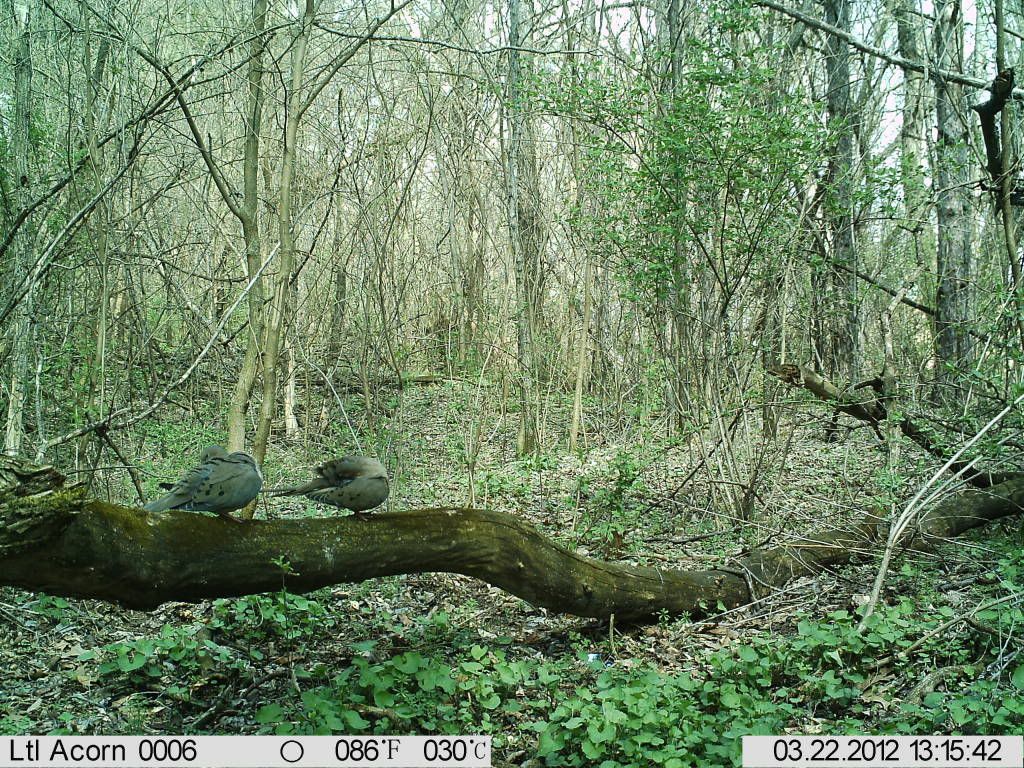
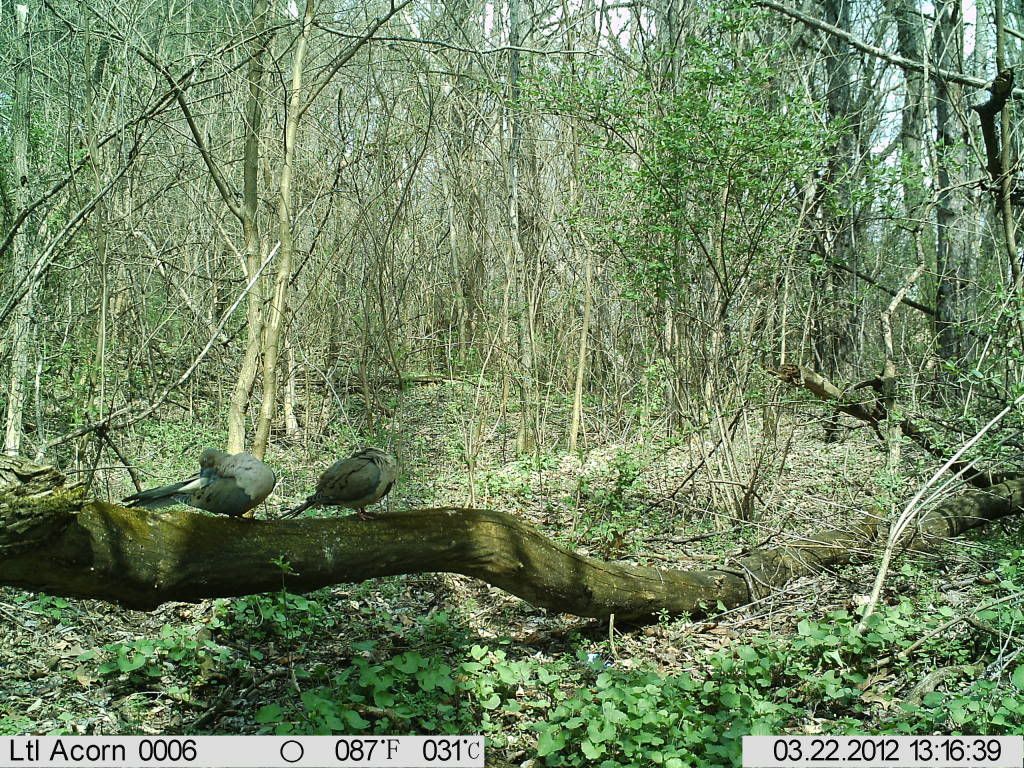


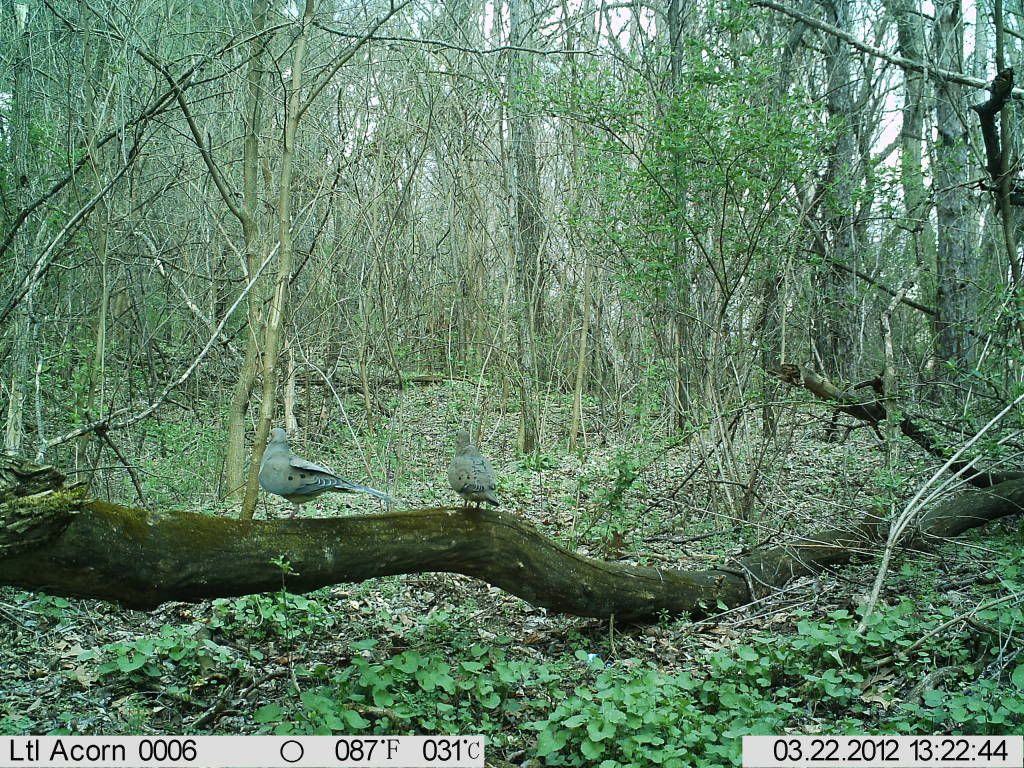
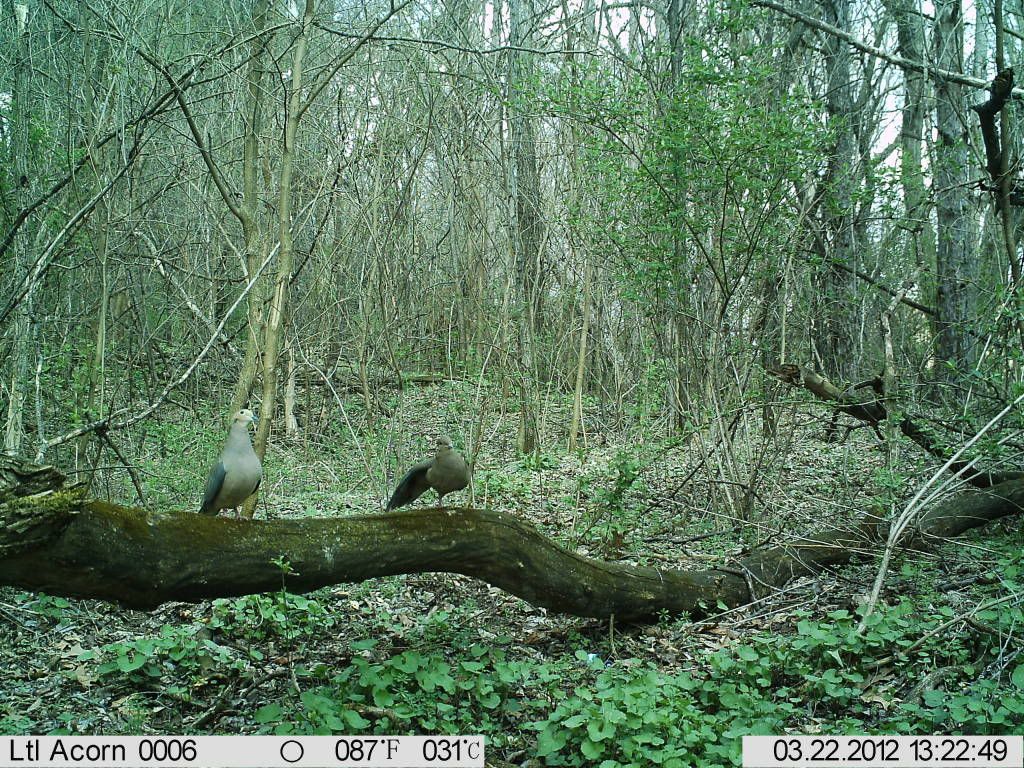
How romantic :)
ReplyDeleteIs the thermometer correct on your cams? If so, it was HOT!
DeleteYeah...we had freakishly warm weather here recently...up into the mid-80s!
DeleteWhoever set that camera there is a genius.
ReplyDeleteThat award goes to three of my students! They picked this spot themselves, without any assistance from me.
DeleteGreat behavior. Give those kids a A for this set.
DeleteSeconded. Really incredible to capture that sequence.
Delete